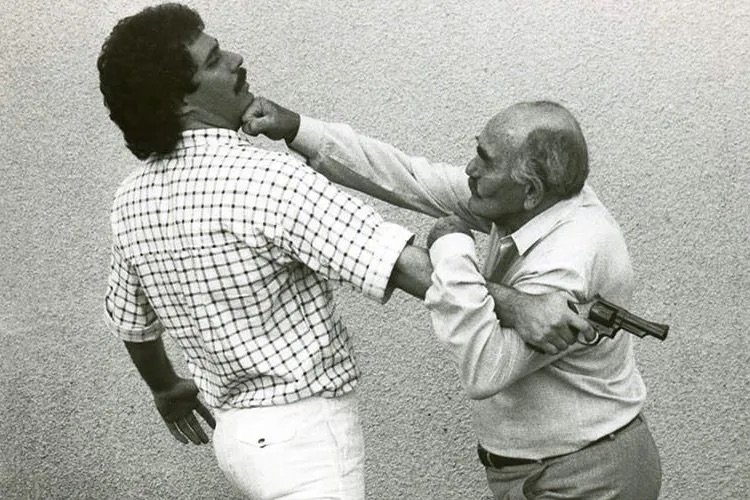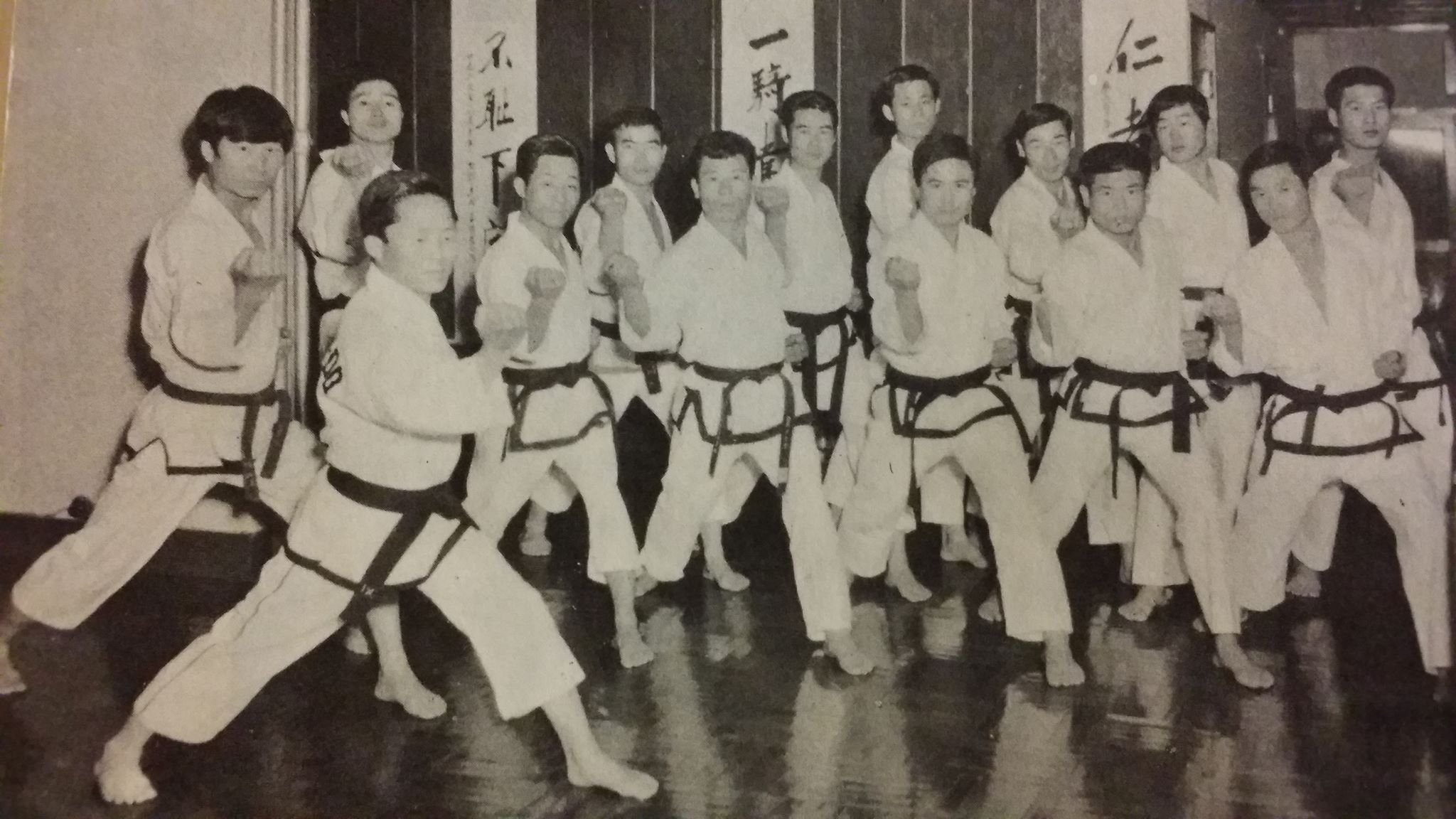discovering
MARTIAL ARTS
DISCOVER Jiu-Jitsu
JIU-JITSU : THE ORIGINIt is difficult to say precisely at what point in time or where exactly Jiu-Jitsu originated. But a martial art is comprised of more than just techniques or fighting strategies. The philosophy that defines the purpose of practice, and the moral code of the practitioners, is a powerful element that determines not only the direction of technical development, but the survival or death of the art itself.The first Gracie Brazilian Jiu-Jitsu School was founded in 1925 at Rua Marquês de Abrantes 106, Rio de Janeiro, Brazil. At the age of 23 years old, Carlos Gracie understood well the amazing benefits Jiu-Jitsu could bring to one’s life. Founding a school represented a very important milestone in his decision to grow Jiu-Jitsu Gracie as a national sport in Brazil.The roots of the sport of Jiu-Jitsu can be traced back to the first generation of fighters of the Gracie Family. While Carlos and Helio remained mainly in Rio de Janeiro during their prime years as instructors, Oswaldo and George moved to different states within the country and started their own branches of the Gracie School. With time, each one of these branches naturally generated new instructors and the schools continued to pass along their Jiu-Jitsu knowledge.DISCOVER KRAV MAGA
KRAV MAGA : THE ORIGINThe roots of Krav Maga can be traced back to one man, Imi Lichtenfeld. Born in Budapest in 1910, Lichtenfeld grew up in Bratislava, Slovakia where his father was a police officer and self-defense instructor. Training at his father’s gym, Imi developed into a talented boxer, wrestler, and gymnast. As a young man, Imi fought and competed on the national and international levels. In the late 1930’s Imi used his experience in boxing, wrestling, and gymnastics to help defend Jewish neighborhoods from anti-semitic riots, which were flaring up in Bratislava. These riots were often led by members of the socialist party and anti-semitic thugs, and Lichtenfeld had to adapt his competition based knowledge of fighting into a real world self defense system. In 1940 Imi fled the Nazi occupation of his homeland and made his way to Palestine. There Imi joined the Haganah, a paramilitary group within the Jewish community dedicated to fighting for the independent state of Israel. Lichtenfeld began to play a very strong role within the Israeli military system, and was asked to develop their self-defense system.Thus Krav Maga was born. Lichtenfeld built up a strong group of followers, including special unit leaders, professionals in the armed forces, and police officers. Using his knowledge of street fighting and legitimate competition tactics, Lichtenfeld was able to develop the revolutionary self defense system of Krav Maga.DISCOVER TAEKWONDO
TAEKWONDO : THE ORIGINTaeKwonDo's origins trace back to ancient Korea, specifically to the Three Kingdoms period, which includes the kingdoms of Koguryo, Paekche, and Silla. Mural paintings from the Koguryo dynasty, dating back to the 1st century, depict martial arts practices that are similar to modern TaeKwonDo techniques.During the Koguryo period, mural paintings in royal tombs show scenes of TaeKwonDo practices, indicating the presence of martial arts in Korea long before Bodhidharma introduced similar practices to China. The earliest known style of self-defense in Korea was called Soo Bak Do, which translates loosely to "the way of punching and butting".The development of TaeKwonDo as a modern martial art occurred during the 1940s and 1950s, when Korean martial artists combined elements of karate and Chinese martial arts to create a new form of combat. The name "TaeKwonDo" was officially adopted in 1955, but the art's roots can be traced back 2,300 years.In the 1950s and 1960s, several kwans (martial arts schools) emerged, and in 1959, the Korea TaeKwonDo Association (KTA) was formed through a collaborative effort by representatives from these schools. This marked the beginning of the formal organization of TaeKwonDo as a distinct martial art








